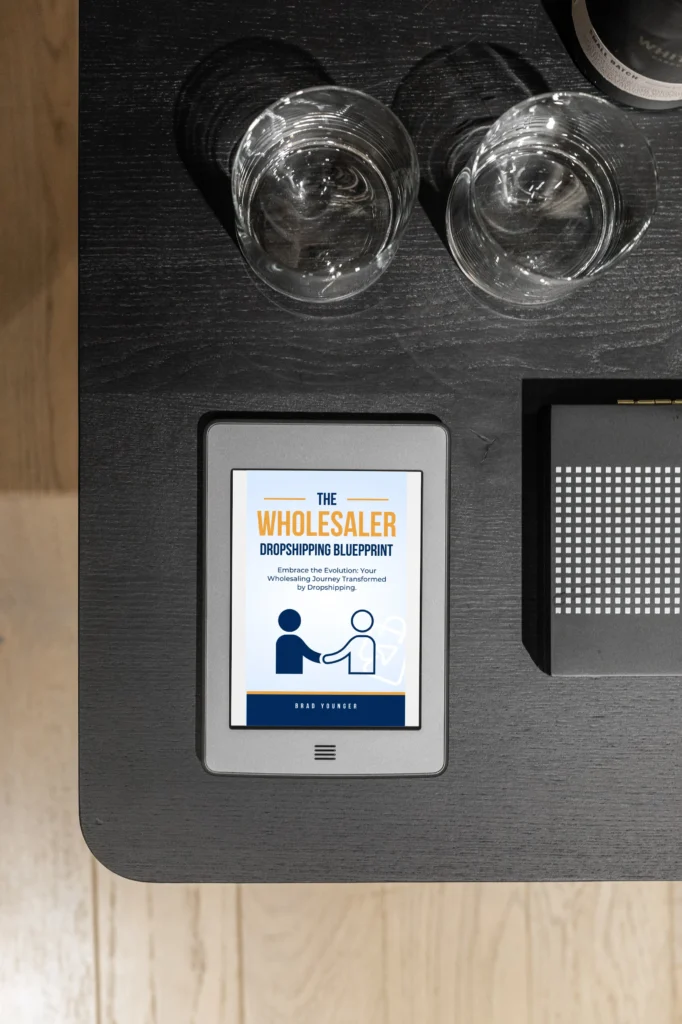Step 1 - Setting The Terms, The Start Of Any Profitable Collaboration
Before diving into the world of dropshipping, the first crucial step is to set the terms of your collaboration with prospective or existing retailers. This is where you agree on key aspects like shipping logistics, commission rates, and return policies. Setting up your first collaboration doesn’t have to be labor-intensive, and once it’s established, you can easily replicate the model with other partners. Keep It Simple.
Step 2 - Navigating Everyday Dropshipping
After setting up your initial collaboration, you will need to be ready for the day-to-day operations of dropshipping . This involves tasks like managing inventory levels, products, and processing orders. While these tasks may seem overwhelming at first, don’t worry—we’ll show you how to simplify these operations in a bit.
Step 3 - Timely Payments
As you manage the daily tasks of dropshipping, one of the most crucial aspects is to get paid. Negotiating a regular payment term with your partners ensures a steady cash flow, making your business operation more secure and efficient. We’ll show you a way to automate this process in a bit, reducing risks and saving time.
Step 4 - Fulfillment: You're Already Equipped
The beauty of adding dropshipping to your existing business model is that the fulfillment process will likely integrate seamlessly into your current operations. If you’re already selling on platforms like Amazon or other marketplaces, you’re well-equipped to handle dropshipping fulfillments. So, there’s no need to overhaul your entire system; you’re more than ready for this next phase of business expansion.
Step 5 - Scale Up By Adding More
The simplest way to scale your wholesale business? Repeat the process with more retailers. It’s an easy, highly effective way to boost revenue and expand your reach—without the need to grow your customer base or increase ad spend. Dropshipping enables you to grow smart, not just big.


